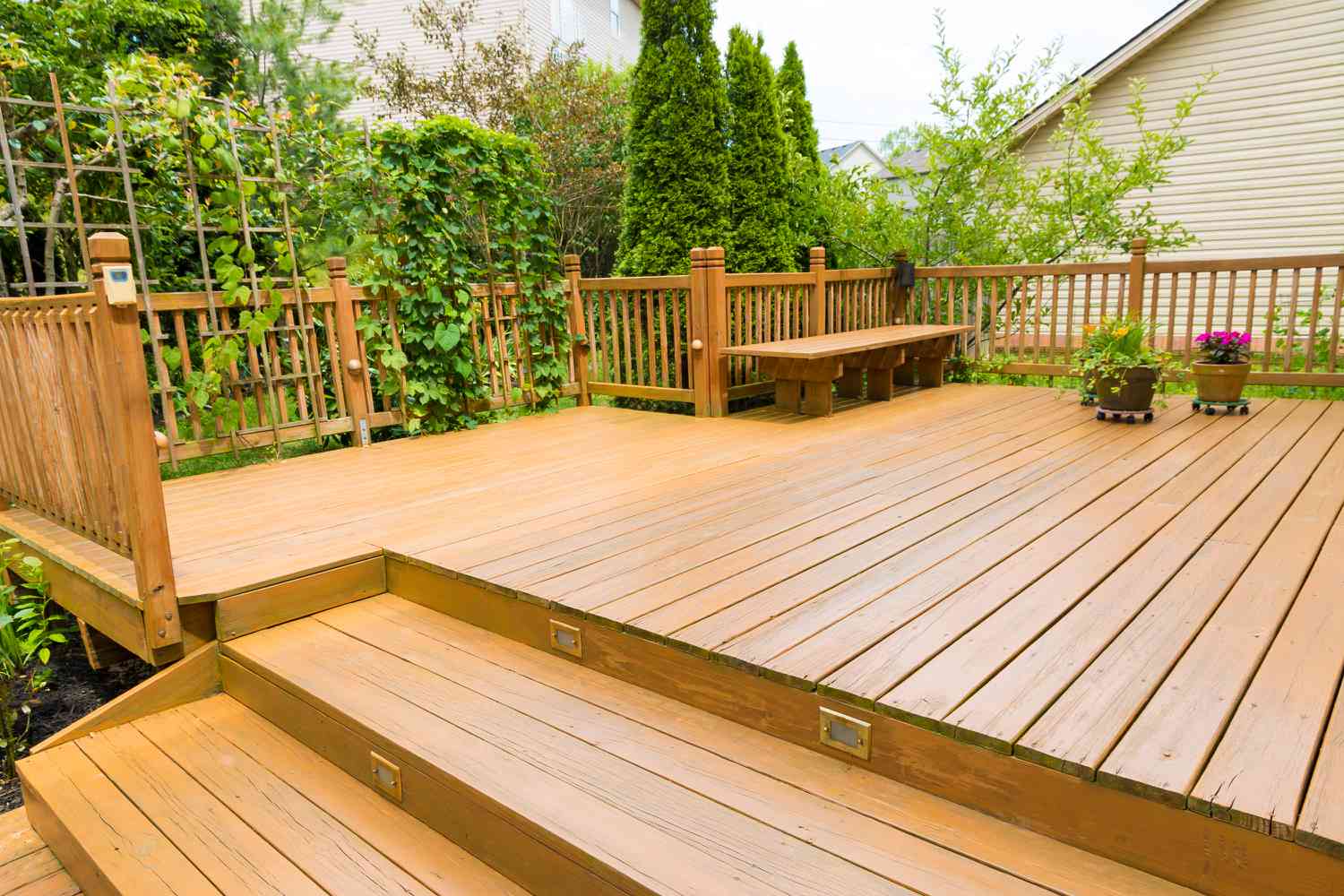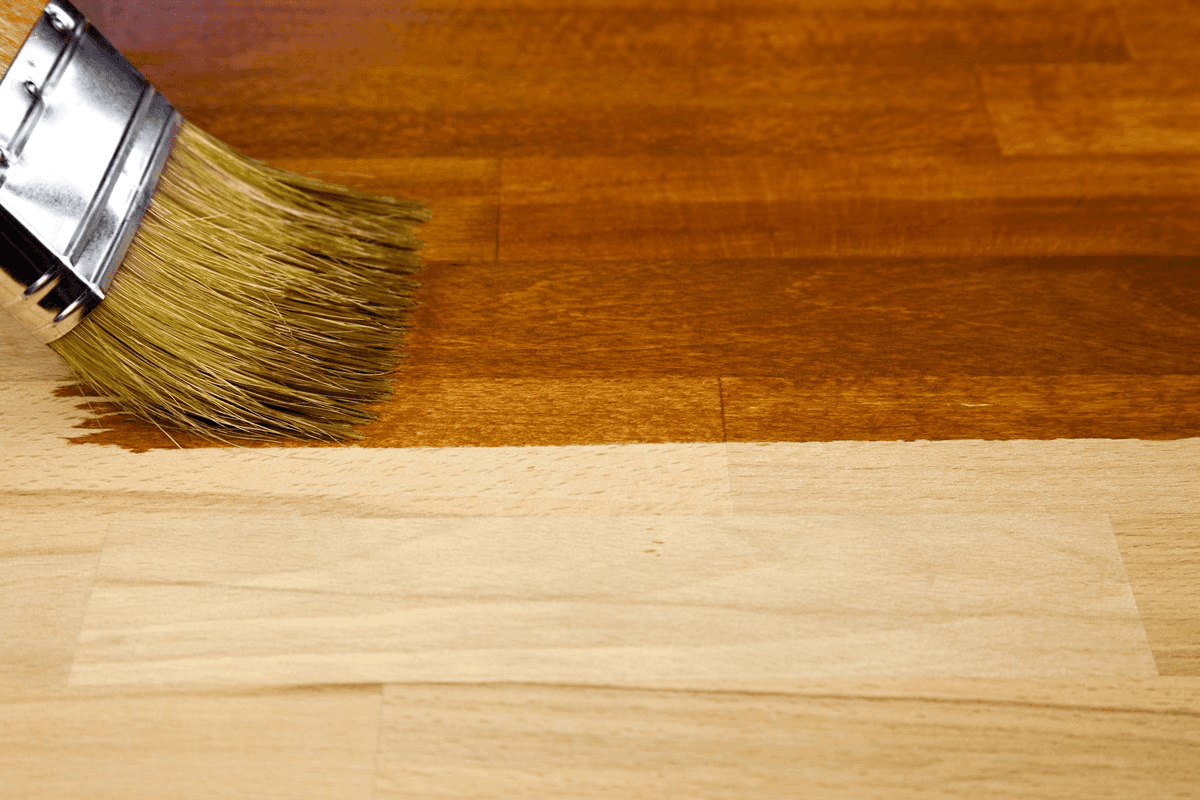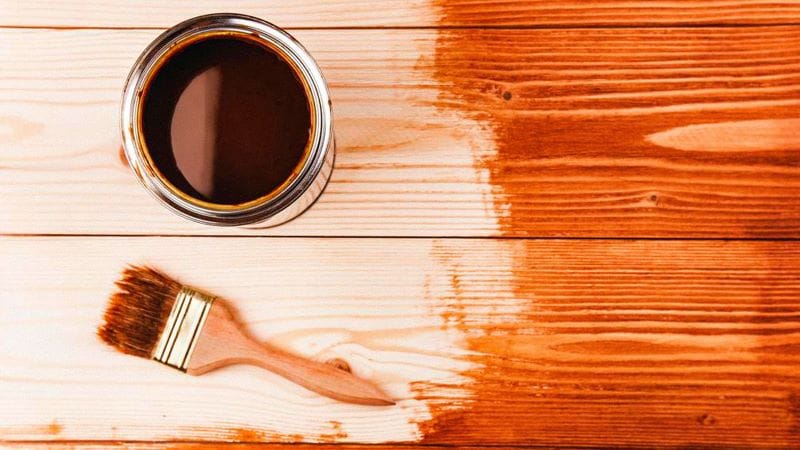Menu

Ensuring your deck remains beautiful and durable requires regular staining. However, achieving a professional and long-lasting finish demands careful attention to detail and an understanding of common pitfalls.
According to painting companies in West Hartford, CT, many homeowners unknowingly make mistakes that result in uneven staining, inadequate wood protection, and frequent reapplications. That’s why preventing these mistakes is important to ensure high-quality staining that lasts for a long time.

Staining your deck can enhance its appearance and protect it from the elements, but making common mistakes can lead to disappointing results. To ensure your deck looks great and lasts longer, it’s important to avoid these pitfalls. Here are seven common mistakes to avoid when staining your deck.
One of the most critical steps in staining your deck is thorough cleaning. Skipping this step can lead to several problems, as any painting company would attest. Dirt, mildew, and old finishes can prevent the stain from penetrating the wood, resulting in unsatisfactory outcomes. Some consequences include:
To avoid these issues, follow these tips provided by the painting company:
Painting companies emphasize that weather conditions significantly affect how the stain adheres and dries on the wood surface. Temperature, humidity, and precipitation are key factors to consider for a flawless finish. Failing to check the weather can lead to several issues:
To avoid these issues, the painting company advises taking the following steps:
For a professional and long-lasting deck finish, ensure the wood is dry before applying stain. Painting companies stress that moist wood hinders proper stain absorption, affecting both the look and durability of your deck. Ignoring wood moisture content can lead to several undesirable outcomes:
To avoid these issues, follow these essential steps from a painting company to ensure your deck is dry enough before staining:

Different types of stains are available, and each type is suitable for various deck conditions. According to a painting company, selecting the wrong stain for your deck can lead to several issues. Using the wrong type of stain can result in:
To avoid these problems, the painting company recommends the following steps:
On the other hand, Water-based stains dry faster, are easier to clean up, and have lower VOCs. They may not penetrate as deeply and can raise the wood grain, but they are ideal for new decks, softer woods, and areas where environmental impact is a concern.
Applying deck stain evenly is crucial to achieving a professional and aesthetically pleasing finish. Painting companies say that uneven application can result in noticeable inconsistencies, detracting from the overall look of the deck. When deck stain is not applied evenly, several issues can arise:
To prevent these problems, a painting company recommends the following strategies:
Achieving the perfect balance when applying deck stain is crucial for a long-lasting and visually appealing finish. Over-application and under-application both present significant issues that can compromise the quality and durability of the stain. These mistakes can lead to several undesirable outcomes:
Proper stain application is key to achieving a beautiful, long-lasting finish on your deck. To ensure the best results, follow these tips from a painting company for avoiding over or under applying stain.
According to a painting company, regular maintenance is essential to preserve the beauty and integrity of your deck. After staining, the deck is exposed to various elements such as sunlight, rain, snow, and foot traffic, which can wear down the stain over time. Failing to maintain your deck can lead to several issues:
To keep your deck in top condition, follow these maintenance tips from a painting company:
Staining your deck offers several benefits over painting, primarily in terms of maintenance and durability. Stains penetrate the wood, providing a natural look and allowing the wood grain to show through, which many homeowners find aesthetically pleasing. Stains are less likely to peel or crack over time compared to paint, making them easier to maintain. They also offer better UV protection and water resistance, helping to preserve the wood and extend the life of your deck.
The duration of the deck staining process depends on the size and condition of the deck, as well as weather conditions. Typically, the process involves a day for cleaning and repairs, followed by a drying period of 24 to 48 hours before staining can begin. Staining itself can take a day or two, depending on the complexity and number of coats required. After staining, the deck should dry for at least 24 to 48 hours before being used to ensure the stain has fully set and cured. Overall, you can expect the entire process to take about a week from start to finish.
Many painting companies offer color consultation services to help you choose the best stain color for your deck. They can provide samples and swatches to help you visualize how different colors will look on your deck. Professionals consider factors such as your home’s exterior color, the natural color and type of wood, and your personal preferences to recommend suitable options. They can also explain the differences between transparent, semi-transparent, and solid stains in terms of color impact and durability.
The cost to hire a painting company varies widely based on factors such as the size and complexity of the project, the type of paint and materials used, and the location. On average, you might expect to pay between $2 and $6 per square foot for interior painting, while exterior painting can range from $1 to $4 per square foot. Additional costs may include surface preparation, repairs, and specialty finishes. Obtaining detailed quotes from multiple companies will help you understand the pricing and choose the best option for your budget. Always ensure the quote includes labor, materials, and any additional services to avoid unexpected expenses.
Ensure your deck looks its best and stands up to the elements with professional staining services from West Hartford House Painting Experts. Located in West Hartford, CT, we specialize in providing top-notch deck staining and maintenance to keep your outdoor space beautiful and protected.
Don’t let common staining mistakes ruin your deck—trust the experts at West Hartford House Painting Experts to handle all your deck staining needs. Contact us today to schedule your consultation in West Hartford, CT!

Welcome to West Hartford House Painting Experts. We believe that we are the highest quality painting company in this community and we provide excellent customer service!